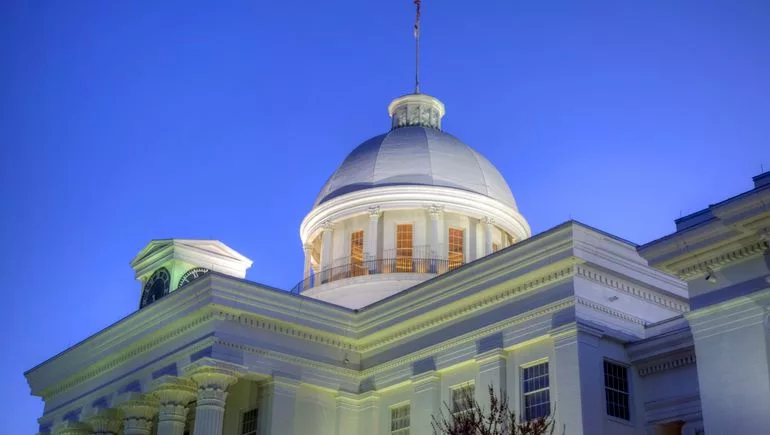[ad_1]
Dive Brief:
- Elected officials have been receptive enough to Birmingham-Southern College’s pleas for millions in public funding to keep it afloat that the nonprofit institution’s leaders have yet to pivot exclusively to wind-down plans.
- The college is still working with Alabama lawmakers about two months after it said it was seeking $37.5 million in public funding to help keep its doors open as it tries to raise money to dig out of a financial crisis. College leaders hope to know whether public money is on the way by the time the state Legislature convenes March 7, President Daniel Coleman wrote in a Friday letter addressed to college stakeholders.
- But Birmingham-Southern is also preparing contingencies in case the money will not arrive. Faculty are set to meet with students next week to help them prepare to transfer in case they need to do so, Coleman wrote.
Dive Insight:
Birmingham-Southern represents a situation that often confounds leaders at financially strapped colleges on the brink of closure: how to communicate with key campus constituencies and the public.
Leaders fear early announcements can dissuade a new class of students from enrolling, creating a self-fulfilling prophecy that the college will close. But institutions that wait to share details about the situation can leave students and staff scrambling to evaluate their options on short notice.
The stakes for students are high. Research indicates students whose colleges abruptly closed reenrolled at other institutions at much lower rates than those whose colleges shut down in an orderly fashion. Just 4 in 10 students who went through a sudden closure reenroll, compared to more than 6 in 10 who reenroll after orderly closures, the National Student Clearinghouse Research Center and State Higher Education Executive Officers Association said in a joint analysis last year.
Birmingham-Southern’s strategy can be seen as bridging the two extremes — being public about its vulnerability even as it aggressively seeks ways to stay open. But as a private nonprofit institution, there’s no guarantee policymakers will open up the public checkbook in response. The institution is publicly lobbying for its future.
Complicating the situation, Birmingham-Southern has been seeking money from several different levels of government — $12.5 million in federal COVID-19 relief funding that’s controlled by the state, $17.5 million from Alabama’s Education Trust Fund, $5 million from the City of Birmingham and $2.5 million from Jefferson County.
“While we all wish we had a final (and positive) answer by now, the simple truth is that when public funds are involved, there are many, many moving parts and decision-makers,” Coleman wrote in Friday’s letter.
Birmingham Southern said in December that it would tell high school seniors by the middle of January whether it would accept applications for the upcoming year. For now, the institution plans to continue operations as usual, Coleman wrote Friday.
That includes hosting prospective students and taking applications. Compared to the same point last year, applications to Birmingham-Southern have increased by 25%, and the institution is on pace to admit 33% more students, according to Coleman.
The college received just over 3,000 applications for fall 2022. It accepted 1,726 students, and 244 enrolled.
Still, Birmingham-Southern plans to meet with current students to prepare them to transfer. The process will start with juniors, then work its way down to first-year students.
“I know it is challenging to operate on parallel tracks — planning for next year at BSC while also developing a contingency plan in case the worst happens,” Coleman wrote. “Please be assured that students are our top priority, and that our faculty will be prepared to give them good information and wise counsel.”
Birmingham Southern’s financial challenges are years in the making. College leaders have attributed them to financial aid errors, accounting issues, fallout from the Great Recession and money spent on a building program nearly two decades ago.
The institution has been shedding students for years, enrolling just 1,058 in fall 2021, according to federal data. The U.S. Department of Education has flagged it for needing extra financial oversight.
[ad_2]
Source link
Meet Our Successful Graduates: Learn how our courses have propelled graduates into rewarding
careers. Explore their success stories here!
Discover More About Your Future: Interested in advancing your teaching career? Explore our
IPGCE, MA, and QTS courses today!


